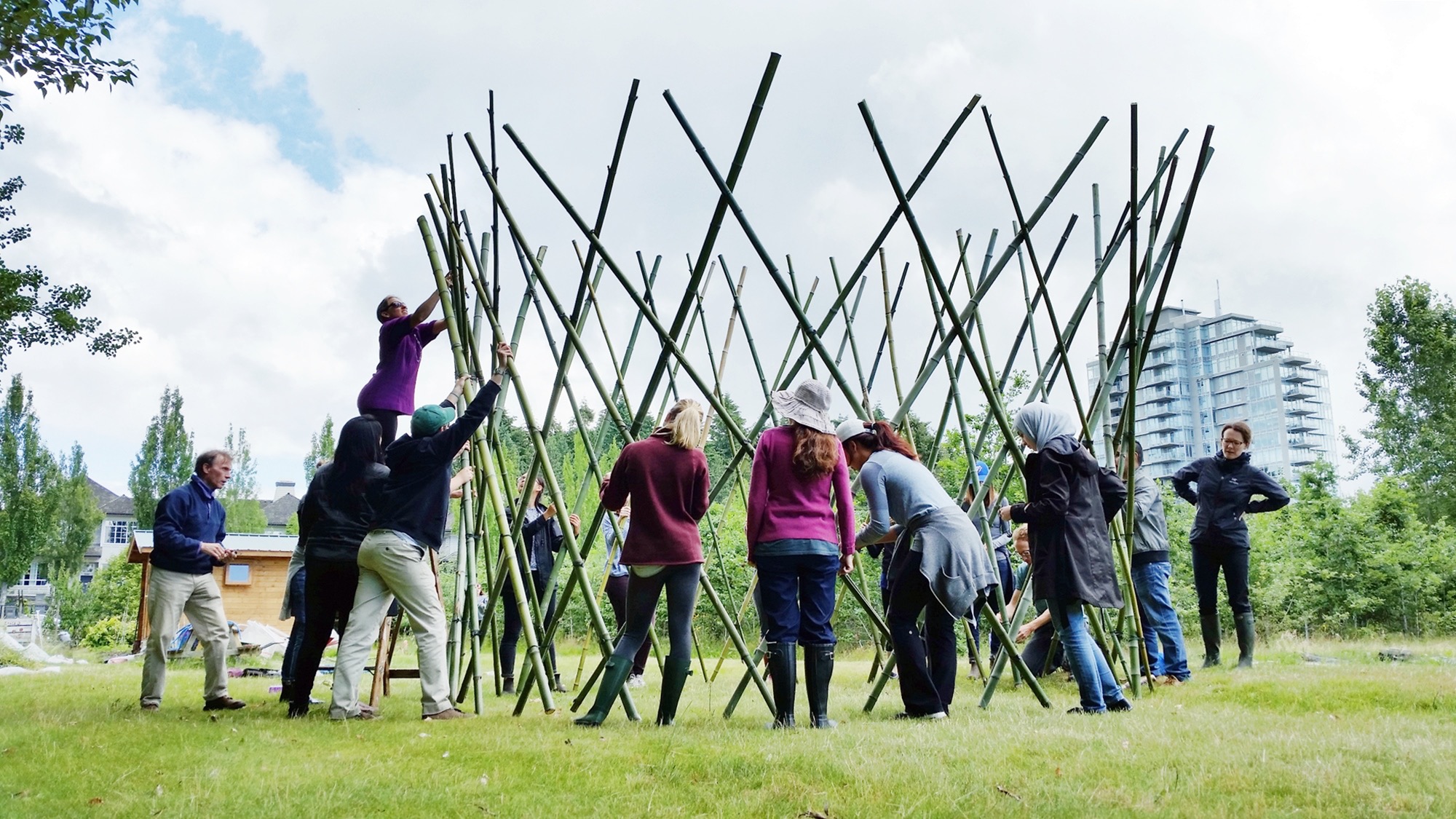Mathematics in the Garden
Today we learned about how to incorporate mathematics in the garden in a variety of ways. Mathematics can be used to measure beds, seed distances, map the garden, volume and quantity of water the plants need, harvest and yield etc. This morning we focused on geometry and geometrical shapes in the garden by constructing mini models of our final project — a hyperboloid structure that would later be planted as an architectural piece inside the orchard garden. This hyperboloid building project combines multiple disciplines such as mathematics, art, engineering and outdoor education. The mini models were created out of wooden skewers and hair elastics.
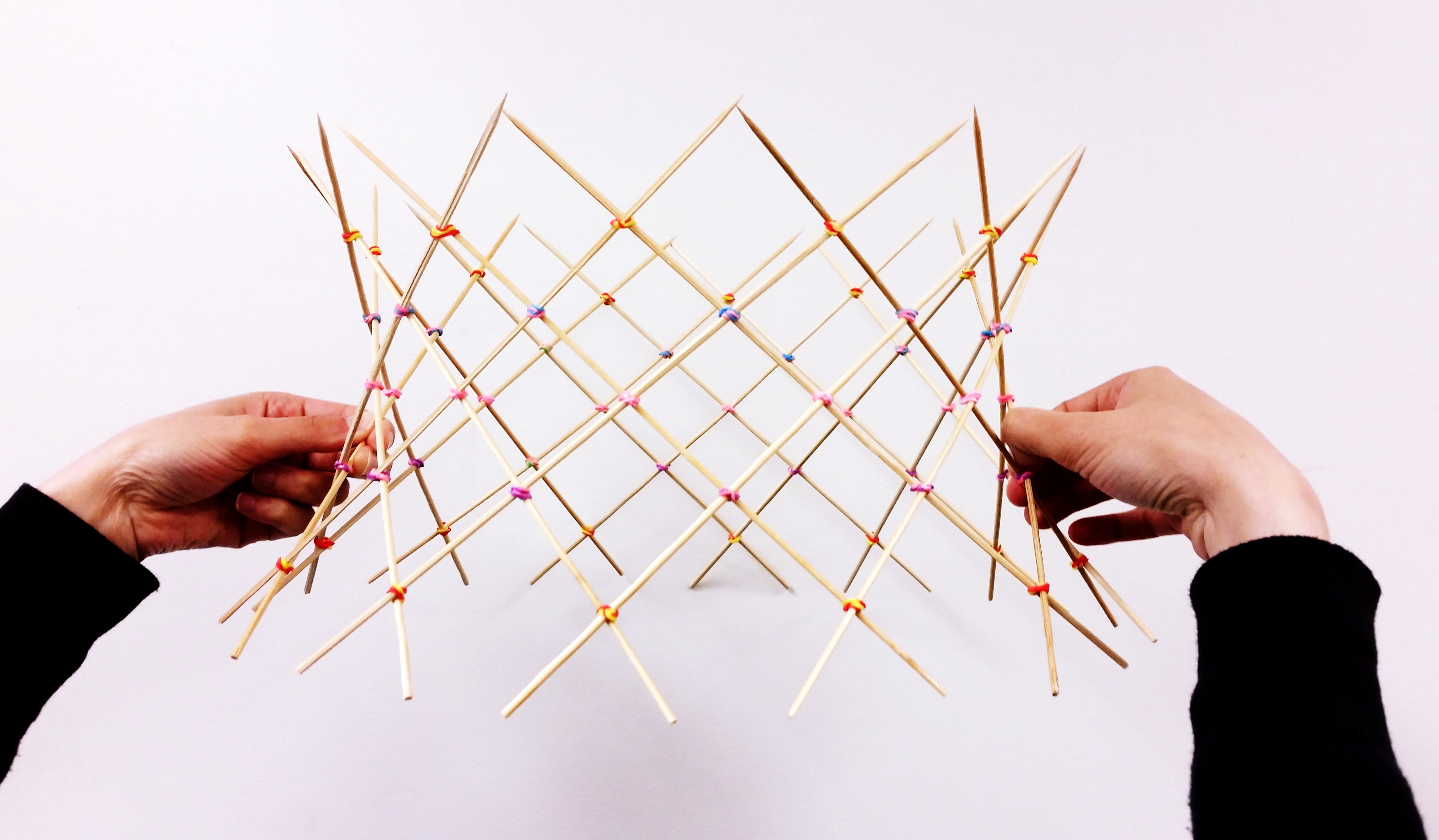
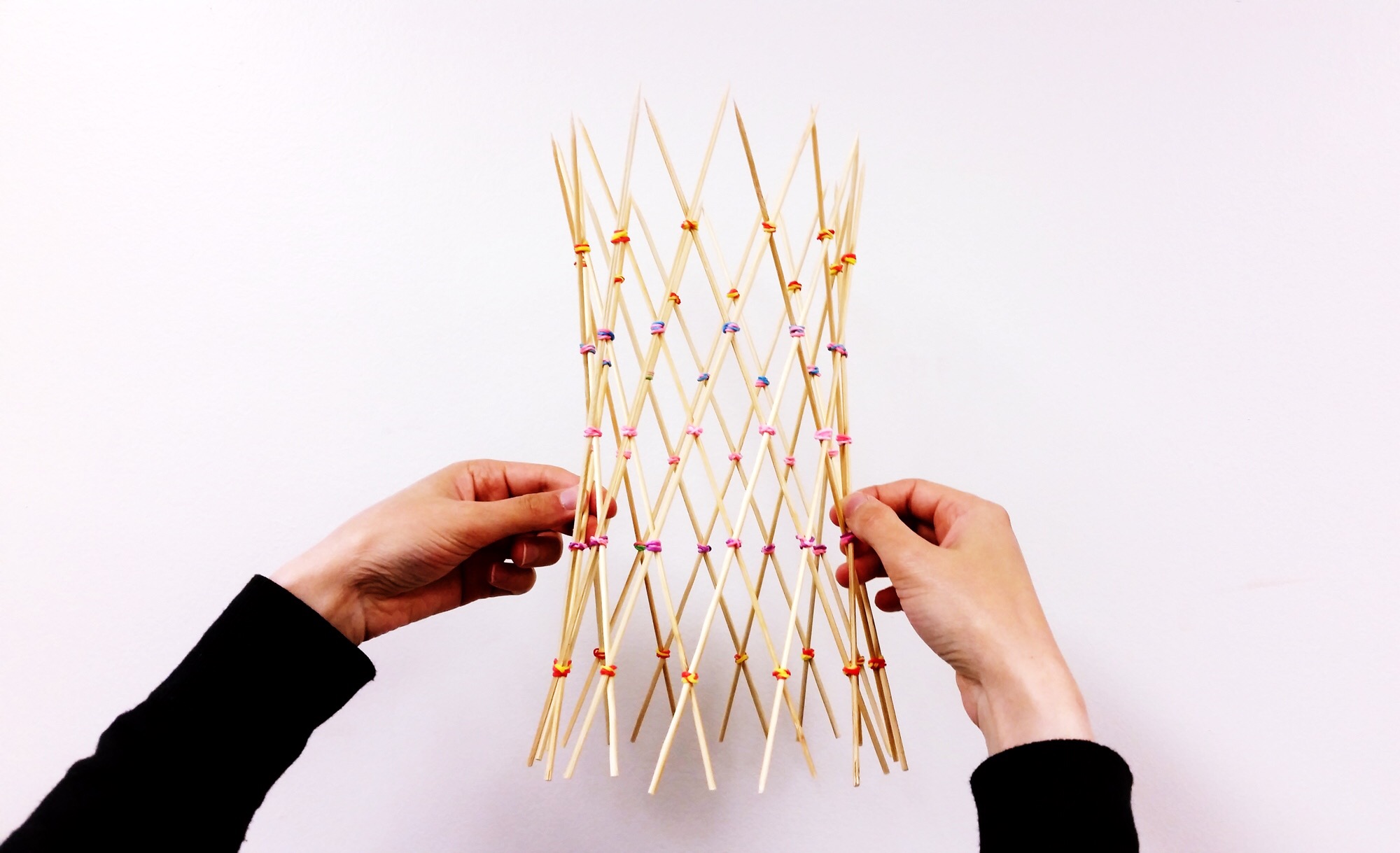

In the afternoon we started to build our final project; this time using 12 ft bamboo poles and special orchard tree elastics. We quickly devised an organizational system and laid out the bamboo in double layers exactly as we did with our mini models – only to find out after lifting it up that it did not compare to the existing hyperboloid structure in the garden that we were trying to replicate. Confused as to why it didn’t work out like our morning model, we decided go back to the drawing board after closely studying the instructional video and realized that we needed to take it all apart. Twice.
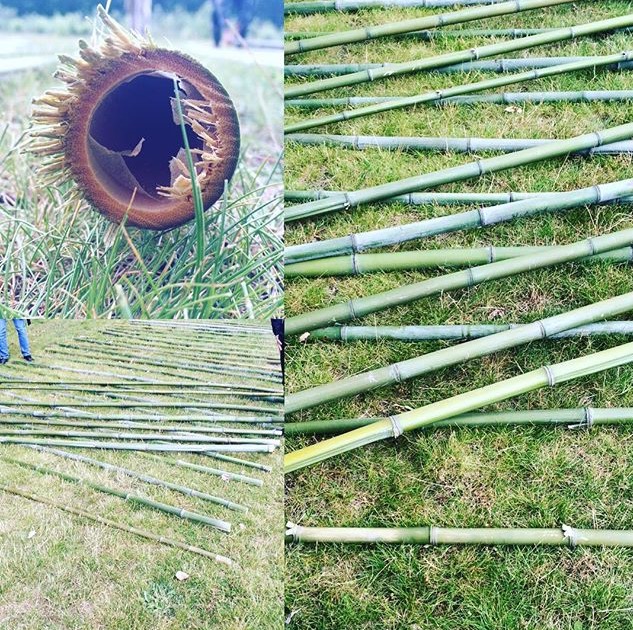
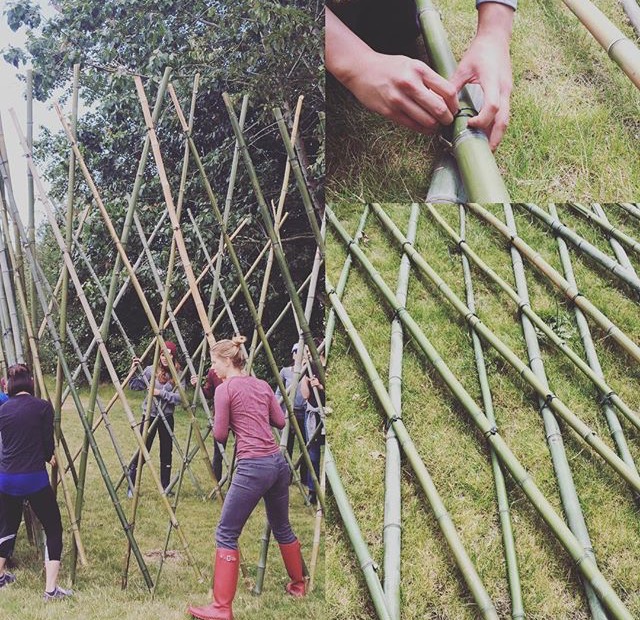
This was a frustrating afternoon of building and learning. As teachers, we were reminded of the importance of planning, organizing and delegating roles in such a large group project. Much learning comes from unanticipated outcomes and this project was a great reminder for everyone.
